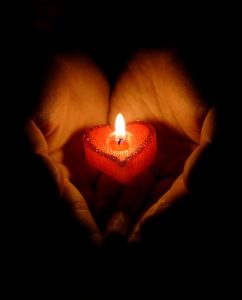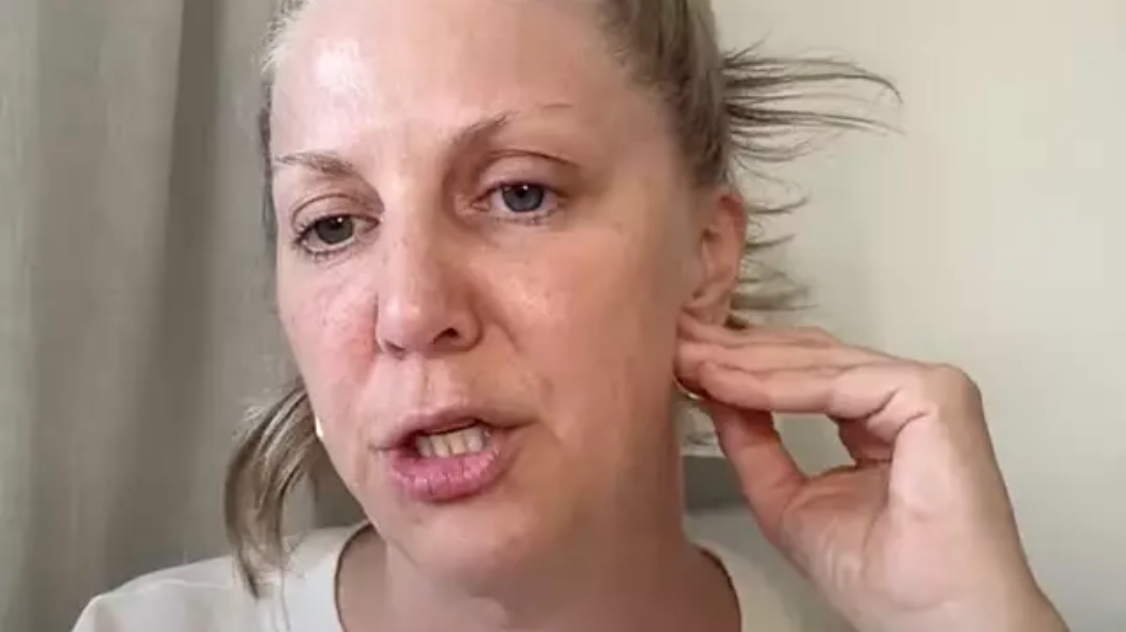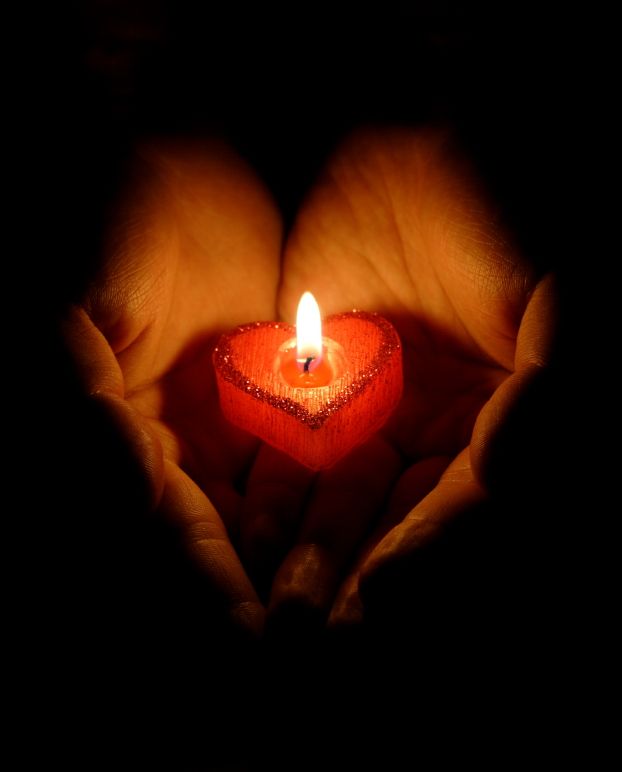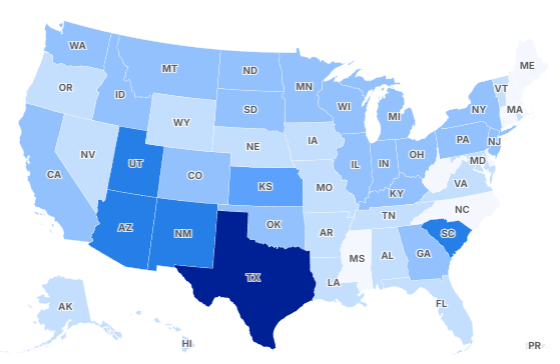What really happens in the final hours of life? It’s a question that has haunted humanity for generations, yet one that healthcare workers—especially those in palliative and hospice care—understand in deeply intimate terms. For California-based hospice nurse Julie McFadden, who has spent over 16 years guiding patients and families through the end-of-life process, death is not something to fear—it’s something to better understand.
Julie, affectionately known online as “Nurse Julie”, has built a community of over 1.7 million followers on TikTok by demystifying death and bringing compassion to one of life’s most emotional transitions. She recently shared some of the most common signs she observes in patients during the final 24 hours before death—a candid, clinical, yet human look into what loved ones might expect and how to find peace in those final moments.
McFadden’s experience is also chronicled in her book Nothing to Fear: Demystifying Death to Live More Fully, which aims to help readers better understand the natural process of dying. During an appearance on the Dr. Karan Explores podcast, she also discussed the emotional and even spiritual nuances she’s observed, including patients seeming to “choose” when to die—timing their departure around family milestones or quietly declaring they’re ready to go.
But when it comes to the physical signs of death, Nurse Julie says there are three consistent indicators she sees in patients during their final 24 hours. These signs—while sometimes unsettling—are not painful, and understanding them may help families better prepare for the inevitable.
1. The “Death Rattle”
The term may sound unnerving, but the so-called “death rattle” is actually a common and natural part of the dying process. According to Nurse Julie, this occurs when a patient can no longer swallow or cough effectively, causing a build-up of saliva and secretions in the throat and upper airways.
As air passes through this fluid, it produces a gurgling sound that may resemble choking or congestion. While it can be distressing to hear for those at the bedside, McFadden stresses that the patient is not in pain and is often no longer conscious.
Medical resources such as Verywell Health and WebMD explain that the noise isn’t indicative of suffering. Rather, it’s simply the body responding to the diminishing function of reflexes and muscles.
“You will most likely hear this in the last 24 hours before they die,” Julie says.
2. Changes in Breathing
Perhaps one of the clearest physiological indicators that death is near is a noticeable change in breathing patterns. As the body prepares to shut down, respiration becomes irregular—with long pauses between breaths, or very slow and shallow breathing.
Julie explains that sometimes, family members may think the person has already passed because the pauses are so long. But breathing often resumes for a short while in a reflexive pattern.
Eventually, some patients exhibit agonal breathing, which involves gasping or labored breaths that can appear frightening. However, McFadden clarifies this too is a natural process and not typically associated with distress or pain. “It’s not true breathing,” she explains, “but a natural reflex when the brain is not getting enough oxygen.”
Agonal breathing is often the final respiratory pattern before death and signals that the body is moments or hours away from complete shutdown.
3. The “Death Stare”
The final stage many hospice patients enter is unconsciousness, which can occur hours before actual death. During this period, Julie notes that patients may lie with their eyes open and seem to stare into space, unresponsive to voice or touch. This glazed-over look has been referred to by hospice professionals as the “death stare.”
“It’s like no one’s really home,” she explains. Even though the patient may appear alert due to open eyes, they are no longer conscious in the traditional sense. Still, McFadden says hearing is believed to be one of the last senses to go, meaning patients may still register familiar voices or the presence of loved ones nearby.
She emphasizes that this stage is not painful. Instead, it’s part of the body naturally withdrawing from the world as systems begin to shut down.
Every Death is Unique
While these three signs are commonly observed within 24 hours of passing, McFadden reminds her followers that not every death follows the same script. Some individuals may pass suddenly without these indicators; others may take days or even weeks to die after exhibiting similar symptoms.
Her mission is not to create fear, but to provide clarity. By sharing her knowledge and compassion, Julie hopes to reduce the anxiety people feel around death and help families be more emotionally and practically prepared for saying goodbye.
“Death is a process,” she says. “It doesn’t have to be scary. And when we understand it, we can be more present, more supportive, and less afraid.”

Emily Johnson is a critically acclaimed essayist and novelist known for her thought-provoking works centered on feminism, women’s rights, and modern relationships. Born and raised in Portland, Oregon, Emily grew up with a deep love of books, often spending her afternoons at her local library. She went on to study literature and gender studies at UCLA, where she became deeply involved in activism and began publishing essays in campus journals. Her debut essay collection, Voices Unbound, struck a chord with readers nationwide for its fearless exploration of gender dynamics, identity, and the challenges faced by women in contemporary society. Emily later transitioned into fiction, writing novels that balance compelling storytelling with social commentary. Her protagonists are often strong, multidimensional women navigating love, ambition, and the struggles of everyday life, making her a favorite among readers who crave authentic, relatable narratives. Critics praise her ability to merge personal intimacy with universal themes. Off the page, Emily is an advocate for women in publishing, leading workshops that encourage young female writers to embrace their voices. She lives in Seattle with her partner and two rescue cats, where she continues to write, teach, and inspire a new generation of storytellers.









